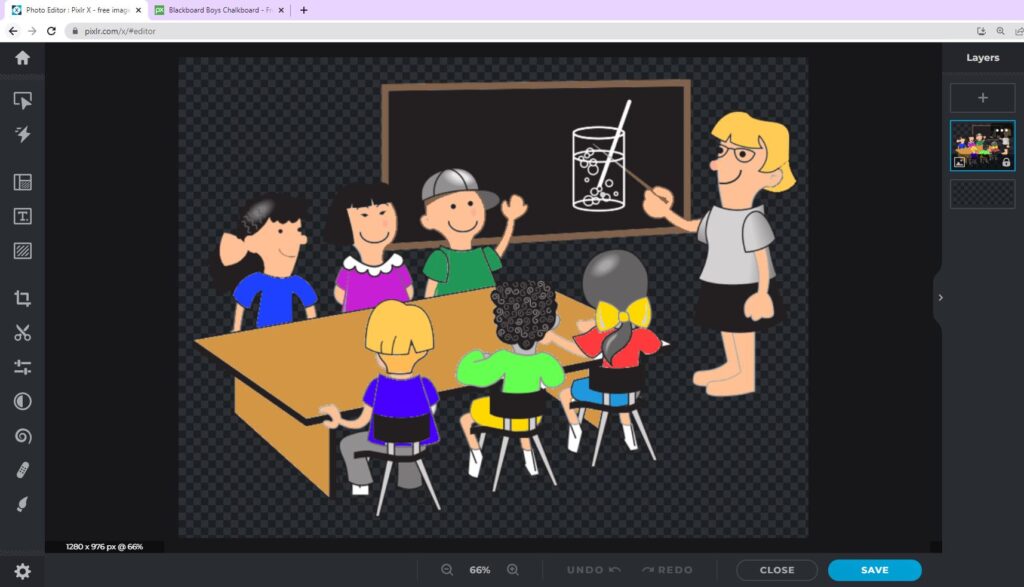
Call to Action
CalltoAction (1)“Insanity in individuals is something rare—but in groups, parties, nations, and epochs it is the rule.”
(Nietzsche, 2014)
After fourteen years the current model of professional development has still not changed significantly. Educators are given exciting ideas to implement, but translating those new concepts to the classroom continues to be difficult for five reasons covered later in this presentation. This leaves the vast majority of educators with the opinion that PD is a big waste of time that could be better spent working in our classrooms on lessons. Ironically, these are the same tired lessons that model the issues that the PD attempted to change in the first place.
The Why
My husband always proclaims I’m a great teacher (and he is reiterating it right now as I write this). However, I have always felt like a fraud. Over the years, I see my classroom and worry about the kids that I can’t reach no matter what I try. I would sit with them and encourage them to finish just enough work to earn a 70. In my learning journey I felt lost and deemed it all pointless. No one could tell me how to reach these kids, not Capturing Kids Hearts or any other program I tried. They were fun retreats, a time to unwind and hear about a new concept, but all these programs only taught me how to make my students comply. I get them to do that already. I didn’t need a course to tell me that genuine caring about my students made them want to comply. Is that all a teacher is according to these people? A person that forces others to comply? I don’t want them to tell me by compelled habit, “Good Morning Ms. Faries,” not that most seniors would oblige me in the first place. Instead, I wanted to see inspiration and a drive to succeed. I did not see this, so I thought myself a bad teacher. After this master’s program, I started the spring semester invigorated knowing the key to reach my whole classroom. I was not teaching to the few in my classroom anymore, but I was there for all my students. I incorporated the C.O.V.A. philosophy into my lessons. I created a choice with some levels for the students to unlock like a video game. Right now, I have a lot of work to still do, bugs to iron out, and students that still need motivation. I am just starting my learning journey and I am taking my students from a passive compliance-led education that the vast majority found pointless to a level of acquiring skills they will need in the real world. It hasn’t been easy and the road is long, but today I feel that I am earning my husband’s opinion of me as a teacher and know that one day I will become a great facilitator that guides my students to become more than merely just making it to having all of my students smash their personal barriers. What I have looked for from professional development was the development part. Over my ten years of teaching, I have found that most training sessions attempted to be highly professional, yet failed to give the developmental tools needed to truly change.
The What
The How
Given my skill with a lot more time, I would have liked to create a video presentation with hand drawn elements. I wanted the media type to be eye-catching, first and foremost. Teachers are just as bad as students when it comes to paying attention. Despite choosing Powerpoint for this assignment, I think that creating a flowing presentation in Prezi will be my media of choice in the future, so that I can grab the attention of the professionals with interesting zoom in and out features to capture their attention. However, I do not feel that I have the time to do so for this assignment and editing a work in progress is difficult with Prezi, with similar difficulties as video editing. I started to use Canva because I love the graphics, then I realized that using this program for a Slidedeck ensures that I create a poor presentation (Phillips, 2014). So I considered the aspects that I loved about Canva, the catchy images and font, and incorporated those concepts into my Powerpoint presentation.



References
Nietzsche, F. W. (2014). Beyond good and evil. Millennium Publications.
TedTalk. (2014). How to avoid death By PowerPoint. YouTube. Retrieved February 7, 2023, from https://youtu.be/Iwpi1Lm6dFo.
Thalmann, M., Souza, A. S., & Oberauer, K. (2019). How does chunking help working memory? Journal of Experimental Psychology: Learning, Memory, and Cognition, 45(1), 37–55. https://doi.org/10.1037/xlm0000578


You May Also Like

5302/5304
December 6, 2022
Influencer Strategy
November 13, 2022
